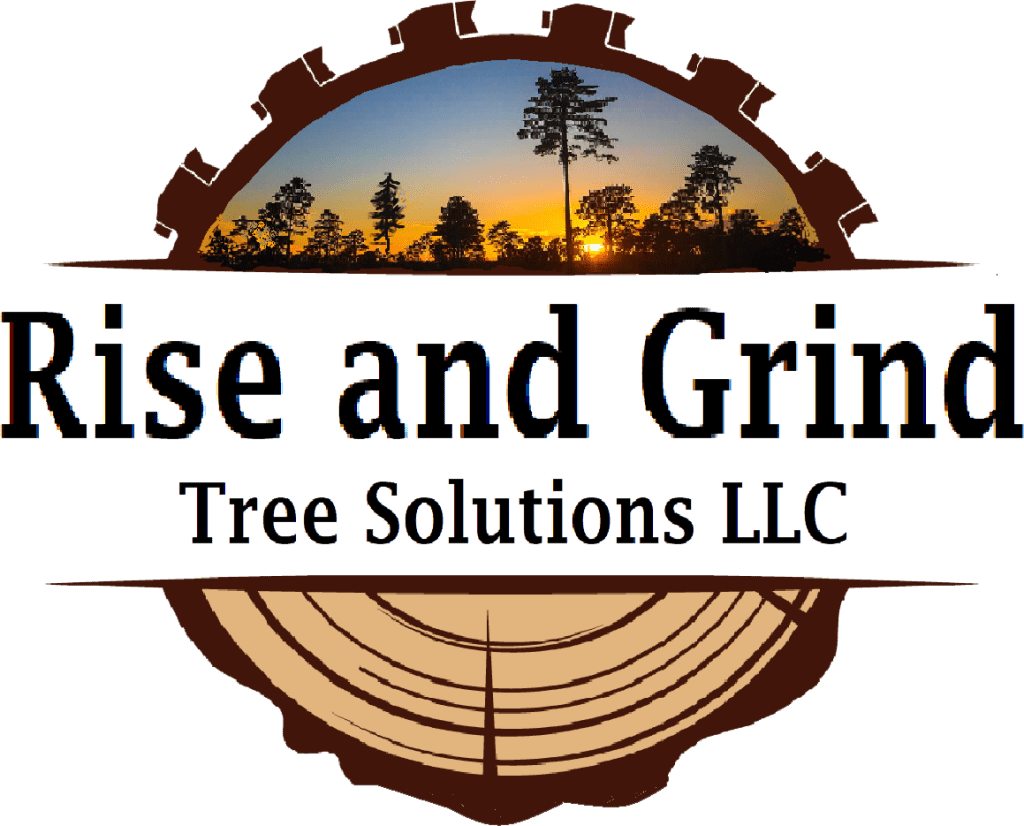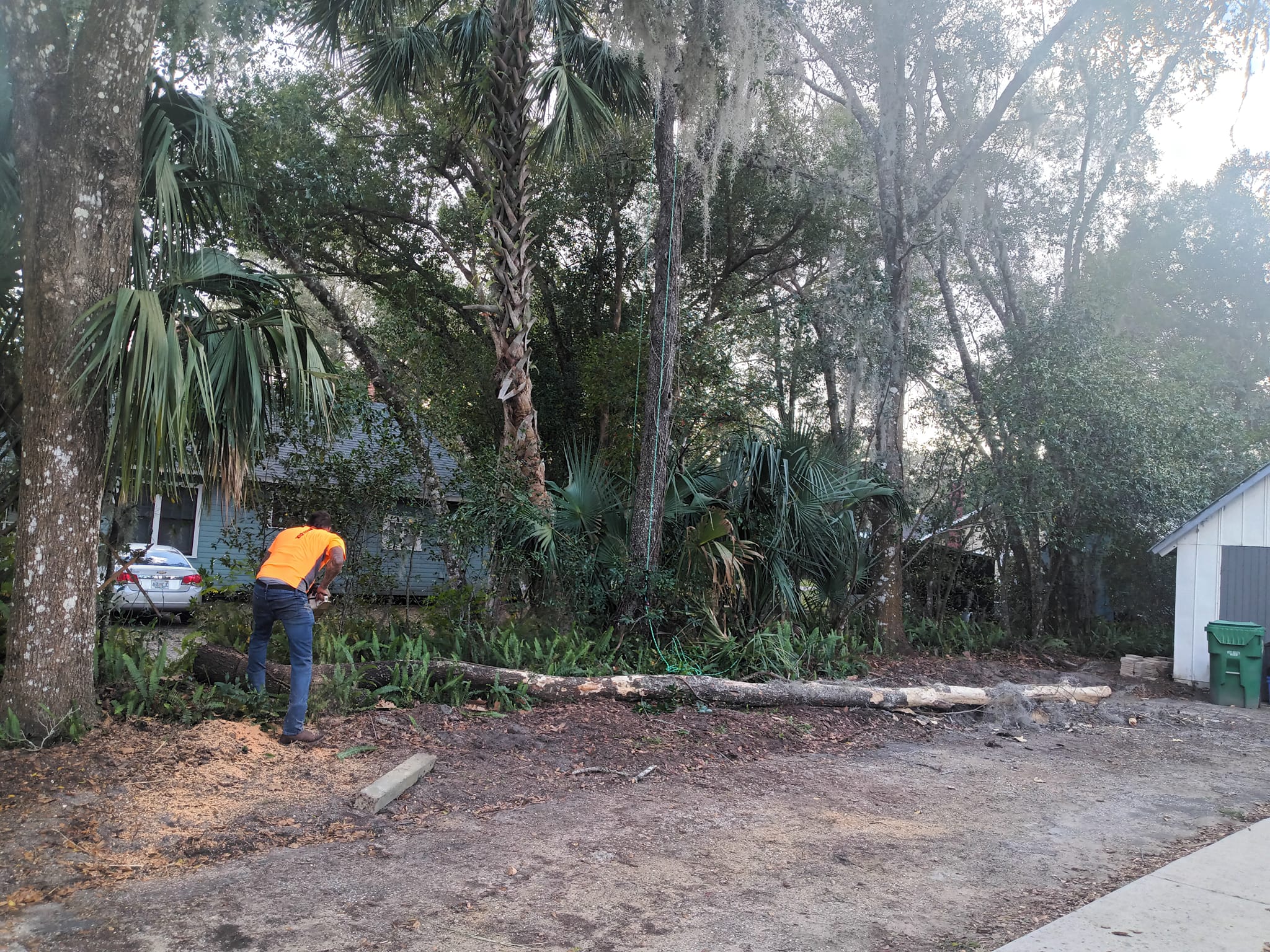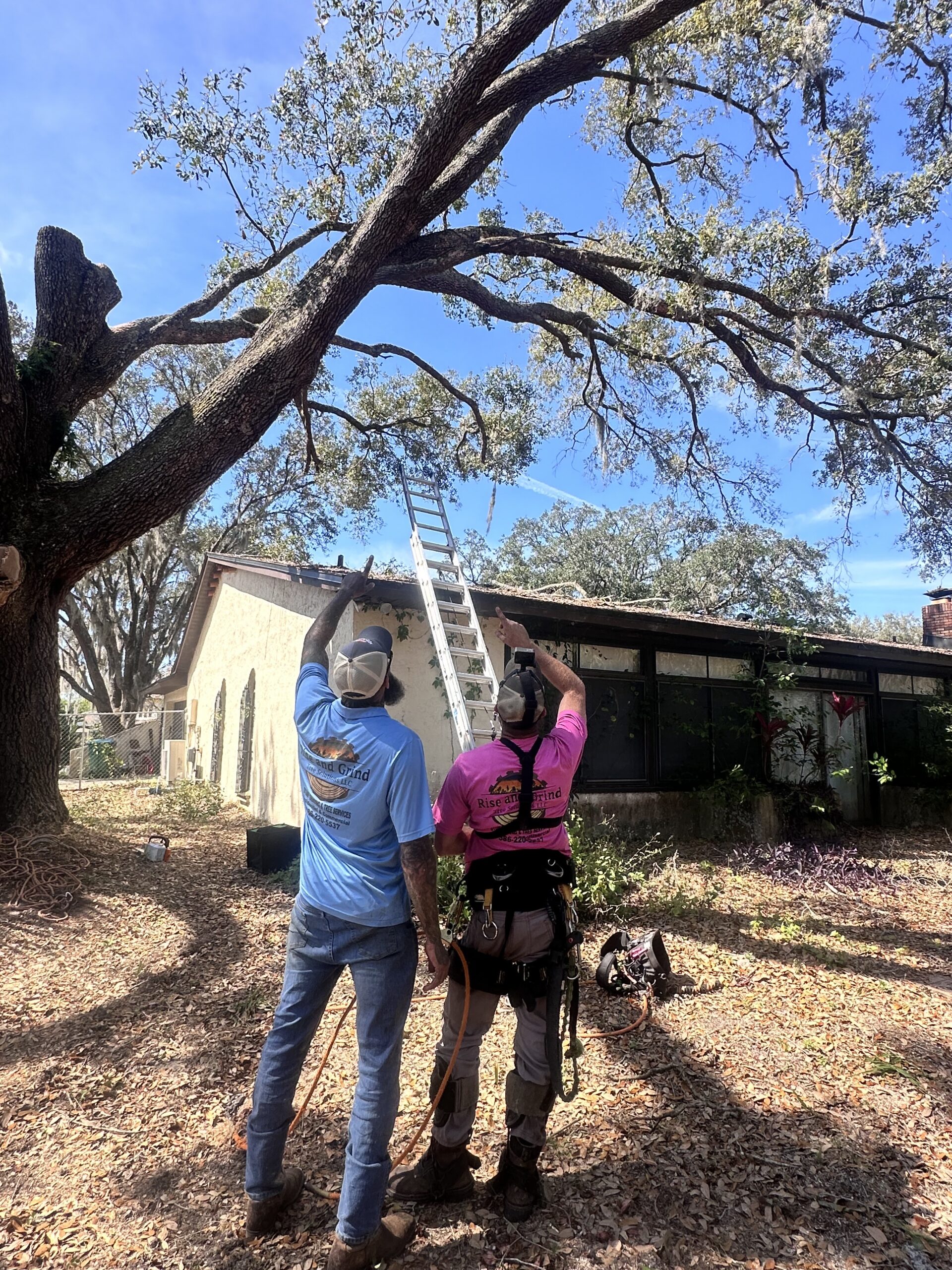For property owners in Geneva, especially those with larger rural or wooded lots, land clearing and brush removal are essential steps for maintaining safety, improving usability, and enhancing the overall aesthetics of the property. While an overgrown landscape may seem natural and beautiful, unmanaged vegetation can create numerous problems, including fire hazards, obstructed access, pest infestations, and reduced sunlight for desired trees and plants. Properly executed land clearing and brush removal not only addresses these issues but also sets the stage for safe, sustainable, and attractive property development or landscaping.
Understanding the Importance of Land Clearing
Land clearing involves the selective removal of unwanted vegetation, including invasive plants, volunteer trees, thick underbrush, and shrubs that compromise the health and accessibility of your property. In Geneva, many lots have dense forests or mixed woodlands where uncontrolled growth can quickly become overwhelming.
One of the primary reasons for land clearing is safety. Overgrown brush can conceal dangerous terrain, such as holes, fallen branches, or unstable ground, creating risks for family members, pets, and workers. In addition, thick brush and unmanaged vegetation can provide ideal habitats for snakes, rodents, and insects, including fire ants and mosquitoes, which can pose health risks. By clearing these areas, homeowners reduce potential hazards and create safer, more usable outdoor spaces.
Selective Clearing vs. Complete Clearing
Property owners must decide between selective clearing and full-scale removal. Selective clearing focuses on removing only the invasive or problematic vegetation while preserving desirable trees and plants. This method is especially important for maintaining soil integrity, preventing erosion, and protecting native wildlife habitats.
Complete clearing, on the other hand, may be necessary when preparing for large-scale construction, farming, or extensive landscaping projects. While more intensive, complete clearing should always be approached with environmental considerations in mind, such as avoiding unnecessary removal of mature trees or disrupting wetland areas.
Brush Removal for Safety and Usability
Once the land has been cleared of overgrown trees and shrubs, brush removal is the next critical step. Brush piles can increase the risk of wildfires, obstruct pathways, and attract pests. Using proper equipment, such as brush cutters, chainsaws, and wood chippers, ensures the debris is removed efficiently and safely.
Brush removal also improves usability. Cleared and maintained land allows for recreational areas, vegetable gardens, outdoor structures, or improved access to driveways and roads. Many property owners use this opportunity to create walking trails, picnic areas, or other features that enhance the enjoyment and value of their property.
Seasonal Considerations
Timing plays a crucial role in land clearing and brush removal. Dry seasons are generally preferable, as firmer soil reduces the risk of equipment getting stuck and minimizes soil compaction. Conversely, wet periods require extra care to prevent erosion and avoid damage to the soil structure.
Seasonal planning also affects vegetation regrowth. Clearing in early spring allows plants to regenerate under controlled conditions, while clearing in late fall or winter minimizes the spread of invasive species and reduces habitat disruption for local wildlife. Understanding these seasonal dynamics is essential for long-term landscape management.
Environmental and Regulatory Considerations
In Geneva, landowners must also consider environmental and local regulations. Some areas may have protected wetlands, conservation zones, or specific ordinances regarding tree and brush removal. Working with professionals familiar with local laws ensures compliance while still achieving the desired results. Proper planning also includes protecting topsoil, reducing erosion, and preserving native plant species where possible.
Long-Term Benefits
Proper land clearing and brush removal have far-reaching benefits. A cleared property reduces fire hazards, improves safety, enhances property value, and creates a foundation for future landscaping, construction, or agricultural projects. Additionally, removing invasive species allows native plants to flourish, promoting biodiversity and healthier ecosystems.
For Geneva homeowners, thoughtful clearing is not merely an aesthetic choice—it is a critical step in property maintenance and long-term planning. It balances safety, environmental stewardship, and practical usability, creating a landscape that is both functional and beautiful.
Tips for Homeowners
- Conduct a thorough property assessment to identify areas of concern and prioritize high-risk zones.
- Consider hiring a professional arborist or tree service company for large or hazardous areas.
- Preserve mature and healthy trees when possible to maintain shade, soil stability, and wildlife habitats.
- Use equipment appropriate for the terrain and vegetation density.
- Plan for debris disposal or repurposing, such as composting or mulching.
Conclusion
Land clearing and brush removal in Geneva are essential for maintaining a safe, usable, and attractive property. By carefully planning the process, considering seasonal and environmental factors, and employing proper techniques, homeowners can transform overgrown or hazardous areas into functional and visually appealing landscapes. Investing time and effort into land management ensures long-term property safety, health, and sustainability while supporting the natural beauty of Geneva’s environment.


